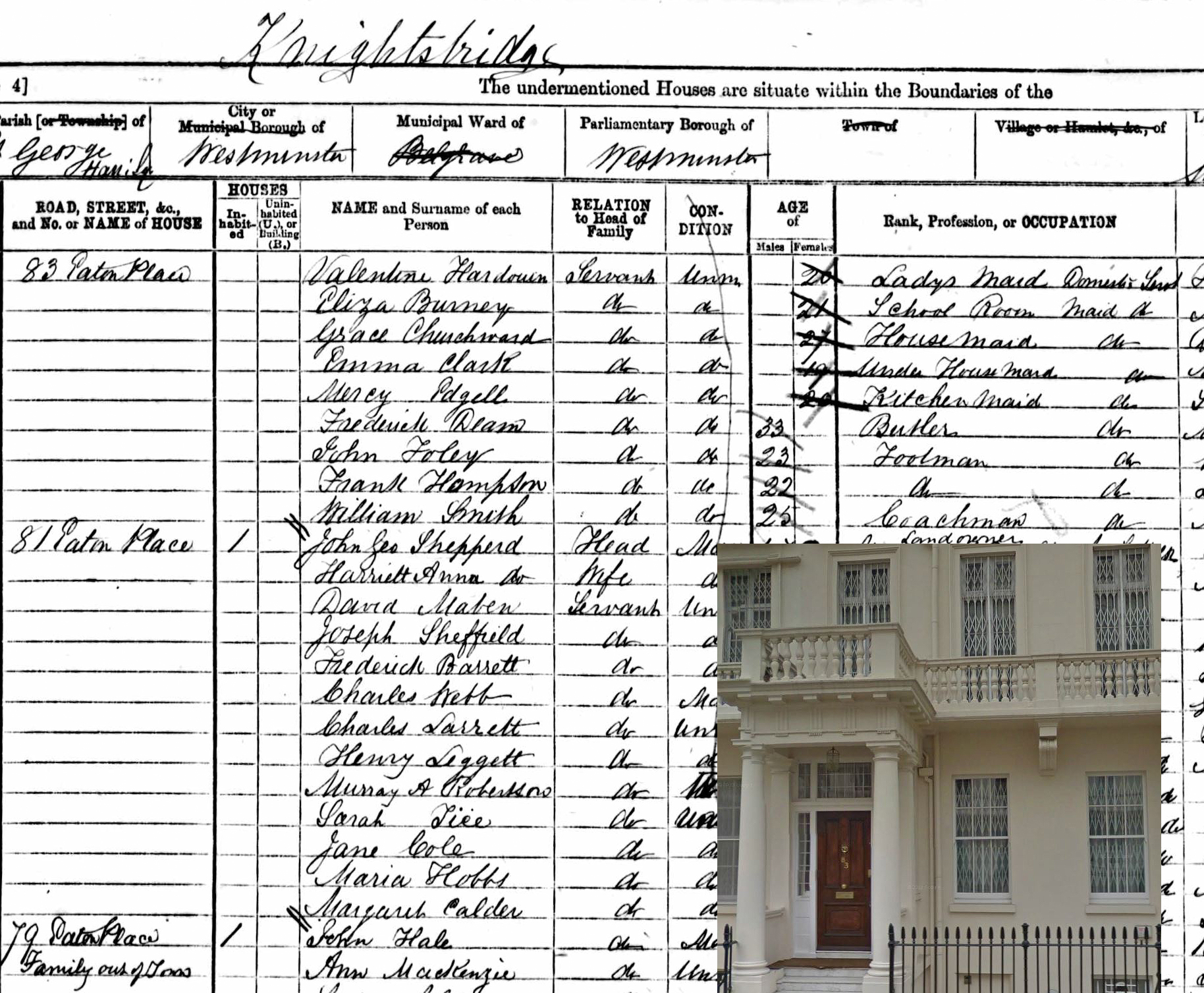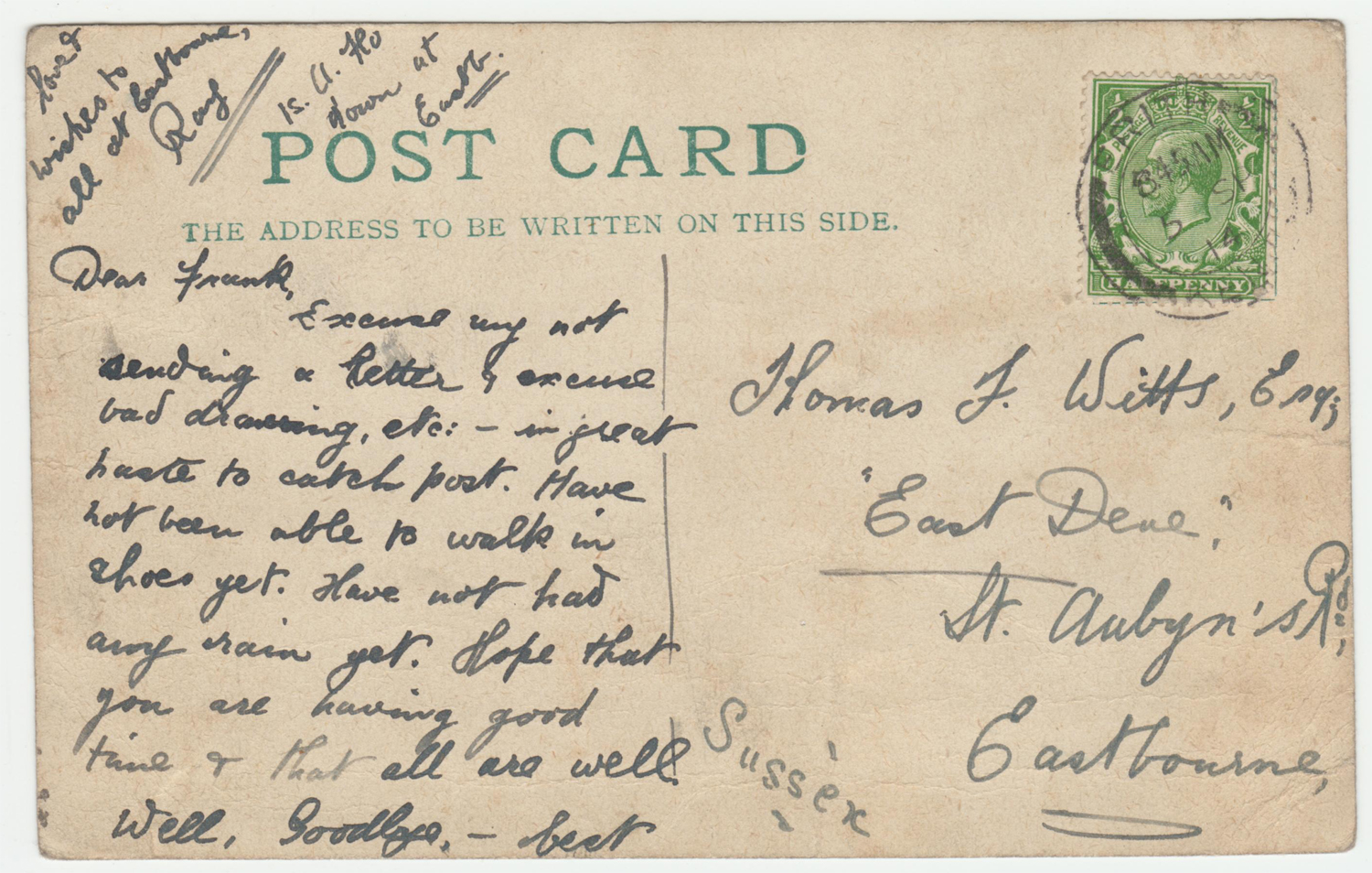
In its era, “The Poor Man’s Guardian” was a defiant voice of the working class, a radical, illegal newspaper that challenged oppressive laws and censorship, pushing for press freedom, workers’ rights, and social reform during a time of political repression and economic inequality.
Poor Man’s Guardian – Saturday 26 December 1835 FULL PDF
The final edition of the “Poor Man’s Guardian” on 26 December 1835 is a historic and significant publication, symbolising the end of an era in radical journalism. It provides a comprehensive reflection on the struggles faced by the working class and the press’s role in advocating for their rights. The legacy of the “Poor Man’s Guardian” and its approach contrasts starkly with the popular sensationalist press of the 1830s. Below is an in-depth comparison and analysis, along with a special section dedicated to the significance and legacy of this edition.
I. Mission and Purpose
“Poor Man’s Guardian” (1831-1835)
- The mission of the “Poor Man’s Guardian” was to act as a voice for the disenfranchised working class. It was a radical, unstamped newspaper that fought against government-imposed restrictions on the press, namely the Stamp Acts, which aimed to keep the working class uninformed by making newspapers expensive.
- The publication’s purpose was political advocacy and social justice. It aimed to educate, mobilise, and empower its readers to demand political rights such as universal suffrage and to challenge oppressive laws like the Poor Law Amendment Act of 1834.
- It was rooted in the radical reform movement, aligning itself with early Chartist ideas and serving as a platform for critiquing the government’s policies and the elite’s exploitation of the working class.
Popular Sensational Press of the 1830s (e.g., “Bell’s Life in London,” “The Age”)
- The sensationalist press of the 1830s was primarily driven by commercial interests. These papers aimed to maximise sales by focusing on content that appealed to the public’s curiosity and desire for entertainment rather than political education.
- Their purpose was to attract readers by featuring scandalous, sensational, and often exaggerated stories about crime, vice, and celebrity gossip. The focus was on entertainment, rather than advocating for social change or addressing systemic issues.
- These publications were part of the emerging tabloid culture, which prioritised shock value and sensational headlines over substantive political discourse. The goal was to provide an engaging reading experience rather than to inspire activism or political awareness.
II. Content and Style
“Poor Man’s Guardian”
- The content of the “Poor Man’s Guardian” was heavily political and focused on serious issues such as workers’ rights, poverty, the injustices of the Poor Laws, and the campaign for a free press. Articles often included detailed editorials, legal analyses, and reports on political developments.
- The style was serious, confrontational, and didactic, aiming to educate readers and encourage them to engage in political activism. The paper used formal, rhetorical language designed to challenge the government and inspire its audience to demand change.
- The newspaper’s tone was passionate and defiant, directly addressing the systemic injustices faced by the working class. It often featured calls to action, urging readers to resist oppressive laws and to participate in the fight for their rights.
Sensationalist Press of the 1830s
- The sensationalist press focused on crime, scandal, and entertainment. Stories featured in these publications included dramatic accounts of murders, public hangings, celebrity scandals, and other shocking events. The emphasis was on the lurid and the shocking, often sacrificing factual accuracy for dramatic storytelling.
- The style was sensational and emotive, with exaggerated language and vivid, sometimes embellished descriptions designed to evoke a strong emotional response from readers. Headlines were crafted to grab attention and boost sales.
- The tone was often moralistic, presenting stories of crime and vice as cautionary tales. However, the sensationalist approach tended to exploit these stories for entertainment, rather than addressing underlying social or political issues.
III. Target Audience
“Poor Man’s Guardian”
- The target audience was the politically aware working class and those involved in the early reform movements. It appealed to laborers, artisans, and activists who were seeking political empowerment and were dissatisfied with the limited representation afforded to them under the existing political system.
- The readership was drawn from individuals who felt marginalised by mainstream, elite-controlled newspapers and were looking for a publication that represented their interests and provided a platform for their grievances.
- The paper catered to an audience that was not just interested in the news, but also in political education and reform. It aimed to build a politically conscious community that could challenge the establishment.
Sensationalist Press of the 1830s
- The sensationalist press targeted a broad and diverse audience, including both the working class and the middle class. These papers appealed to a wide readership by focusing on sensational content that provided entertainment and escapism.
- The sensationalist press attracted readers who were drawn to stories of crime, scandal, and celebrity, offering a form of cheap entertainment that was accessible to a mass audience, regardless of political interest or literacy level.
- The readership was more interested in entertainment than political engagement, making these publications popular among those seeking distraction and amusement rather than serious political discourse.
IV. Approach to Social Issues
“Poor Man’s Guardian”
- The approach was one of activism and advocacy. The paper directly addressed social issues like poverty, workers’ rights, and the harsh conditions faced by the poor, often linking these problems to broader systemic issues such as government corruption and economic inequality.
- The publication sought to educate its readers about the root causes of their struggles and to inspire collective action to demand reforms. It positioned itself as a defender of the oppressed, speaking out against unjust laws and policies like the Poor Law Amendment Act of 1834, which introduced harsh workhouses.
- The paper took a systemic view of social problems, arguing that issues like poverty and unemployment were the result of an unjust economic and political system, rather than individual failings.
Sensationalist Press of the 1830s
- The sensationalist press approached social issues from an exploitative angle, using stories of crime and vice as sources of entertainment rather than opportunities for social critique. The focus was on individual cases, often sensationalising criminal behaviour without addressing the broader social context.
- These publications tended to reinforce existing social fears and prejudices, depicting the working class and the poor as morally suspect or inherently criminal. The emphasis was on the drama of the event, rather than an analysis of its causes or implications for society.
- The sensationalist press often presented a simplified and moralistic narrative, framing stories as cautionary tales about the dangers of vice, while neglecting the systemic factors that contributed to social issues like poverty and crime.
V. Significance and Legacy of the Final Edition of the “Poor Man’s Guardian”
The final issue of the “Poor Man’s Guardian” is significant for several reasons:
1. A Symbol of Press Freedom
- This edition marked the end of a bold experiment in radical journalism that directly challenged the government’s efforts to control public discourse through the Stamp Acts. It is seen as a key moment in the history of press freedom in Britain, representing a victory against state censorship.
- The “Poor Man’s Guardian” helped set a legal precedent that contributed to the eventual repeal of the Stamp Acts in 1855, allowing for the expansion of affordable, unstamped newspapers. This paved the way for a more democratic media landscape, where information was more accessible to the general public.
2. A Catalyst for Political Reform
- The publication played a significant role in the early Chartist movement, helping to raise political awareness and mobilise the working class in their fight for universal suffrage and other democratic reforms. It provided a platform for the discussion of radical ideas, contributing to the broader movement for political change.
- The “Poor Man’s Guardian” is remembered as a trailblazer in radical, activist journalism, influencing future generations of left-wing publications and serving as an example of how the press can be used as a tool for social and political advocacy.
3. A Legacy of Social Justice
- The final issue is a defiant farewell, emphasising the importance of continuing the struggle for justice, equality, and the right to a free press. It reflects the resilience and determination of Henry Hetherington and his supporters, who were willing to face imprisonment and financial ruin to stand up for their principles.
- The legacy of the “Poor Man’s Guardian” endures as a symbol of the power of the press to challenge the establishment and to fight for the rights of the marginalised. It is considered a foundational text in the history of the radical press, paving the way for future social justice movements and left-wing journalism.
Conclusion: Divergent Paths in 1830s Journalism
In conclusion, the “Poor Man’s Guardian” and the sensationalist press of the 1830s represent two fundamentally different approaches to journalism:
- The “Poor Man’s Guardian” was rooted in the radical reform tradition, focusing on political education, social advocacy, and the fight against government oppression. It sought to empower the working class and challenge the structures of power that kept them disenfranchised.
- The sensationalist press focused on entertainment and profit, using crime and scandal to attract readers. It contributed to the rise of tabloid journalism, prioritising sensational content over serious political engagement.
The legacy of the “Poor Man’s Guardian” is one of political empowerment and social change, while the sensationalist press helped shape the modern landscape of popular media, with its focus on spectacle and mass appeal. Both played important roles in the evolution of the British press, but their values, objectives, and impacts were markedly different.
I search historical articles to locate mentions of your ancestors—whether they were involved in notable events or simply part of the everyday life reported in these newspapers. If relevant articles are found, I deliver them to you in a PDF format at no cost.
Free, Clear Communication
If I find articles, they’ll be sent to you in a clear, organized PDF. If not, you’ll be informed right away. Please click here.




